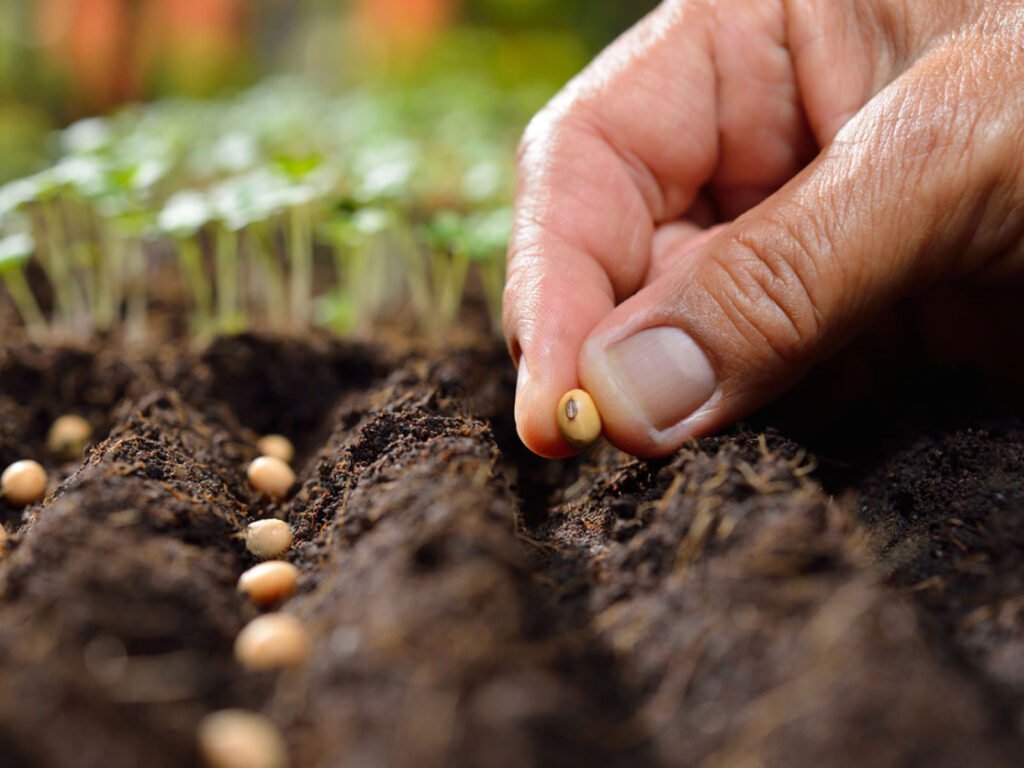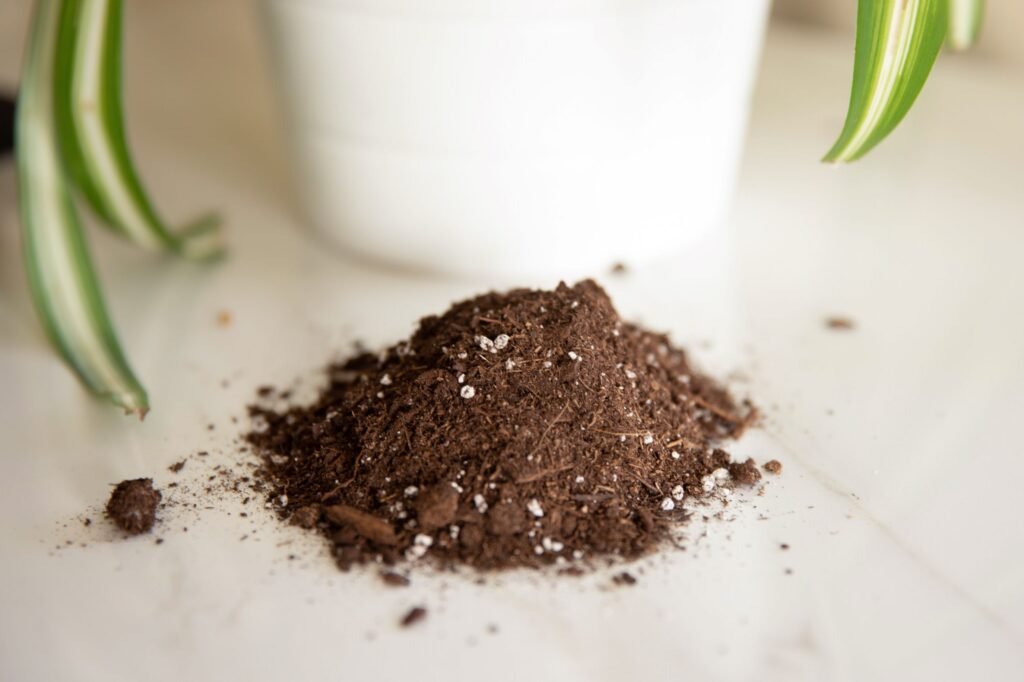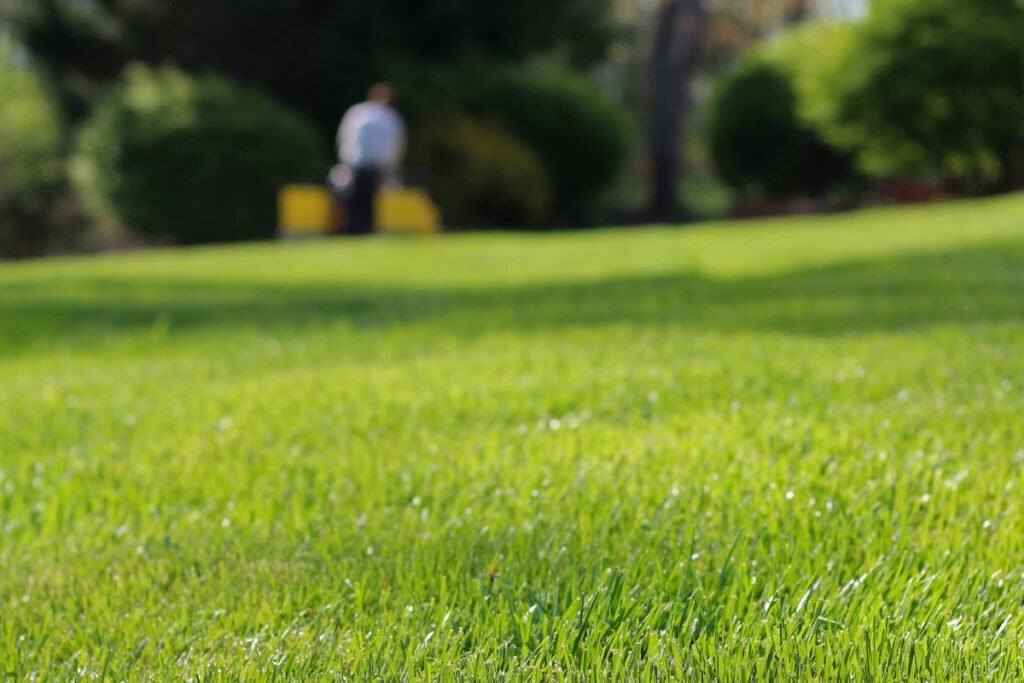
Embrace and Drive Change

Horticultural sand for plants primarily has one primary function. Improved soil drainage results. For a plant to grow healthily, this is essential. Soil becomes saturated if it is not properly drained. Roots that lack oxygen quickly perish. Learn when to use horticultural sand by reading the following details.
Horticultural Sand: What Is It? Gritty sand known as horticultural sand is produced by crushing materials like granite, quartz, or sandstone. Sharp sand, coarse sand, or quartz sand are some common names for horticultural sand used for plants. Sand typically contains both large and small particles when used for plants.

Gritty sand, also known as horticultural sand is produced by crushing materials like granite, quartz, or sandstone. Sharp sand, coarse sand, or quartz sand are some common names for horticultural sand used for plants. Sand typically contains both large and small particles when used for plants. You can use builders’ sand or horticultural grit as a substitute if you can’t find horticultural sand. Even though they may not all be exactly the same, the materials can all be used to enhance soil drainage. If you’re enhancing a sizable area, builders’ sand will probably save you some money.
When and why to use the horticultural sand? Consider these recommendations:
Planting seeds and taking cuttings: To create a soilless rooting medium that drains well, horticultural sand is frequently combined with peat or compost. The mixture’s loose structure is advantageous for cutting germination and rooting.

Potting mix for container growing: Garden soil is not appropriate for container growing because it quickly becomes brick-like and compacted. The roots suffocate and the plant perishes when water cannot drain. The ideal environment is composed of horticultural sand mixed with compost or peat. The ratio of horticultural sand to peat or compost should be one part to two parts for most plants, while cacti and succulents typically prefer a gritty 50-50 mix. For many plants, adding a thin layer of sand on top of the potting soil is also advantageous.

Loosening heavy soil: It is challenging to improve heavy clay soil, but sand can open up the soil’s pores and allow for better drainage and root penetration. Spread several inches of horticultural sand on top of heavy clay soil before digging it into the top 9 to 10 inches (23–25 cm) of soil. This is a challenging task. You would need to add enough sand to the soil to equal about half of the total volume in order to noticeably improve it.

Improving lawn health: Particularly in rainy climates, lawn grass in poorly drained soil can become tough and waterlogged. Raking horticultural sand into holes you’ve made in the lawn with an aerator is one way to solve this issue. You can use a pitchfork or rake to make holes in a small lawn.

The sand in your child’s sandbox or at your favorite beach is very different from horticultural sand, which is used to grow plants. Sandbox sand has smaller, smoother, and significantly less gritty particles. As a result, it typically causes more harm than good because it quickly hardens and blocks the passage of water to plant roots.
You must be logged in to post a comment.
Such a informative article, barely anyone explained it so clearly.